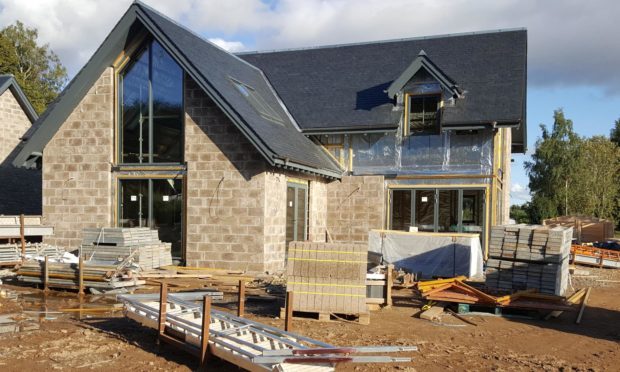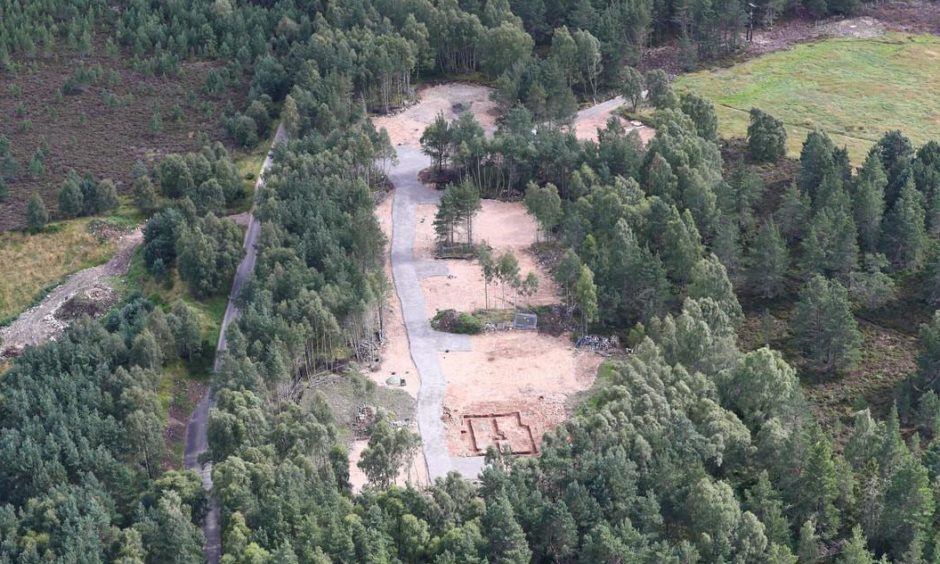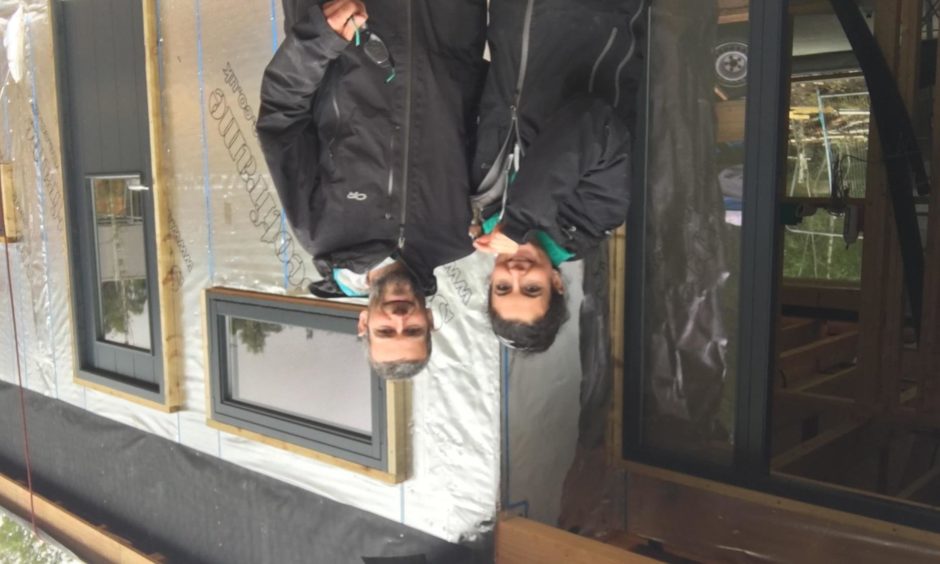A growing number of rural and island communities are providing cut-price plots of land to help local people build affordable housing amid rising property prices.
Self-build projects are nearing completion in a number of locations as a way of retaining local populations facing a growth in second homes and short-term holiday lets.
Self-building schemes are recovering after a slump due to the financial crisis more than 10 years ago. Discounts applied by landowners, usually community owners, can be around 25%, or higher in some cases, which can reduce the cost of a £225,000 house and plot by more than £56,000.
The developments are seen as vital to sustaining populations in remote and rural areas, as well as local construction jobs.
They are supported by the Scottish Government’s Self-Build Loan Fund (SBLF), which has run from September 2018, but is due to end in August.
It is thought hundreds of millions of pounds has been lost in reduced economic activity, and thousands of job opportunities lost, due to a significant drop in self-build projects in recent years.
But Ronnie MacRae, CEO of the Communities Housing Trust, which administers SBLF, said the list of communities now working towards providing plots is growing all the time.
Currently, self-built schemes are underway in a number of areas, including Colonsay, Raasay, Skye, Dornoch, Ardnamurchan, Rothiemurchas and Knoydart.
Mr MacRae said: “There was a clear gap during the worst years of the financial crash and only now are we starting to see real recovery and confidence starting to come back.
“We have about 30 affordable plots about to become available and many more communities are now putting this option back in their business plans which assist them greatly. It will be really exciting for the self-build sector if this progress can continue.
“The SBLF has had a significant impact and is crucial for growth as it gives confidence to the sector. It is therefore essential that this loan fund stays beyond the current term due to end next autumn.”
Mr MacRae said many communities experience similar constraints – high property and house plot prices, lower income levels, less social housing provision, out-migration of the younger generation, difficulty in attracting and retaining employees and logistical difficulties.
He added: “It is especially important to facilitate self and custom-build for economic reasons following the recent coronavirus restrictions. The fragile, often tourism-dependent economies of the Highlands and Islands, in particular, benefit from having a productive, small to medium-sized construction industry.
“This in turn, leads to local employment, shops, services and infrastructure being sustained. There is a strong argument to encourage diversity in employment sectors within a community and the construction industry provides all-important, well-paying jobs.
“In a digital age, the opportunity for home-working has increased in appeal with many people wanting to include an office space or work place in their home or garden. Self-build supports this aspiration by enabling homes to be designed from the outset as lifetime homes for a good work-life balance.
“Several high street lenders offer self build products although the availability of these has reduced since the 2008 economic downturn. Securing suitable finance is frequently a barrier to progressing with self and custom-build projects.”
He said landowners can play a vital role by releasing plots which can be protected by a Rural Housing Burden which applies to plots sold by CHT. This gives an agreed discount percentage from the open market value as well as a right of pre-emption.
Badenoch and Strathspey was recently named as having the highest house prices in the Highlands, with affordable plots of land becoming very difficult to obtain.
A group of residents approached the Rothiemurchus Estate which agreed to work with them through the Communities Housing Trust, to ensure discount on the land through a Rural Housing Burden. Serviced house sites were provided at the Old Sawmill Site at Inverdruie with some of the residents attracted by the ability to work from home.
Some houses have been completed and other families hope to move in next year. Two plots have been left as open market sites.
Iain Cornfoot, head of the Cairngorm Mountain ski patrol and leader of the Cairngorm Mountain Rescue Team, grew up in Rothiemurchas but said he could not afford to buy a house in the area where a two-bedroom detached house recently sold for £390,000.
While plots are selling for £250,000 on the open market, he was able to secure land for £62,000.
“There was no way we could afford to buy a house here. Rothiemurchas has the highest cost of land and the high number of second homes drives the price up again.
“The situation has been exacerbated by the lockdown, with people buying way over the asking price. I can imagine honeypot areas in the Highlands face the same issues as we are facing here.”


